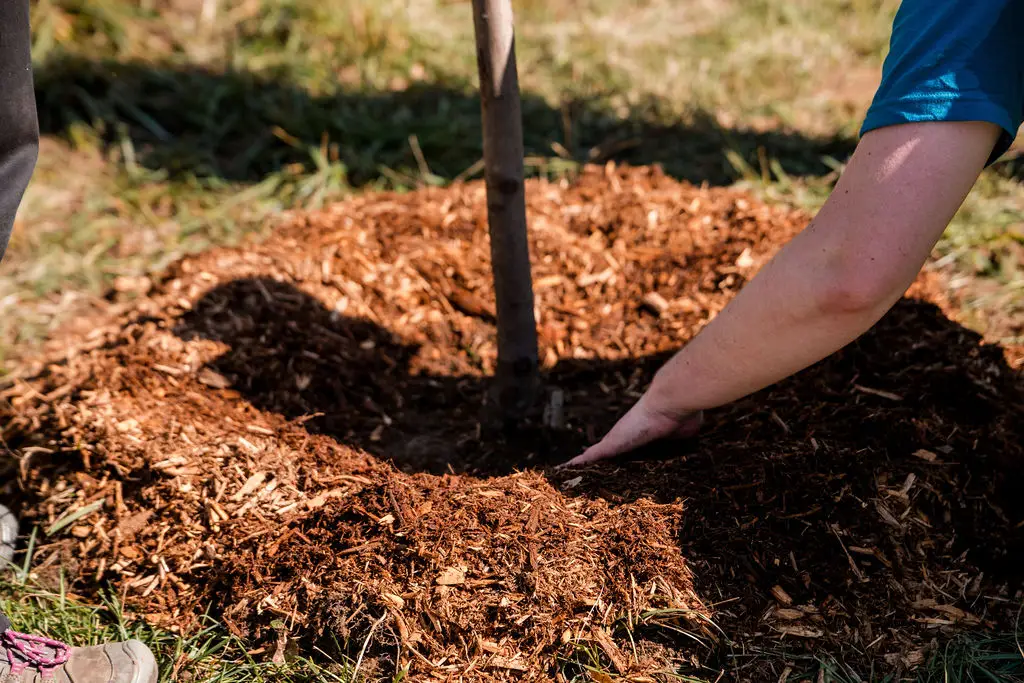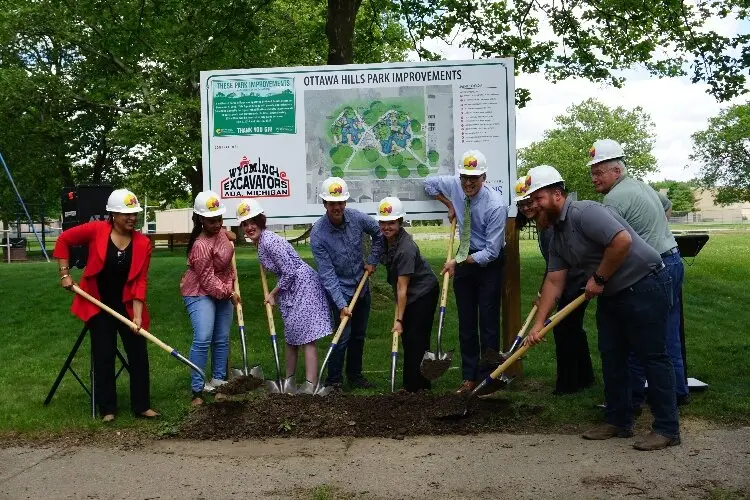Leaving your fallen leaves, rather than ranking them up, offers natural benefits to your yard and the wildlife that calls it home! When you don’t rake your leaves, you’re giving invertebrates a place to nest, which provides backyard birds a food source. Plus, when the leaves break down, their nutrients go back into the soil.
Ready to leave your leaves this fall? Here are a few tips to get you started:
1. Use Leaves as Natural Mulch
Leaves make a great mulch. Rake your leaves to mulch areas where you want to naturally smother weeds or provide heavy ground cover.
2. Shred Your Leaves Before Leaving Them
If you want to leave your leaves, but don’t want to smother the vegetation under the leaf layer, use a shredder or mulching mower to break them into smaller pieces. Smaller leaf fragments will also decompose more quickly than whole leaves.
3. Dampen Leaves to Keep them From Blowing Away
Once your leaves are where you want them, hose them down to keep them from blowing away! You can also rely on nature to do this step for you.
Black Spots on Maple Leaves? If You Don’t Like It, Rake Them
Have you noticed these black spots on your maple leaves this year? It’s maple tar spot!
Maple tar spot is a fungus that can overwinter on the leaves. In the spring, the spores will spread to the new leaves. Spots start out yellow in the summer and darken to black throughout the season. While they don’t look very pretty, these spots don’t actually harm the tree.
If the spots are making you fall out of love with your maple a bit, this is one of the times we’d recommend raking your leaves. Be sure to collect every leaf as it falls to the ground. You can either bag it for the yard waste site, or compost it yourself. If you choose home composting, make sure the leaves are well-buried before spring.
Don’t Use Fungicides on Maple Tar Spot
Don’t be tempted to use commercial fungicides on your maple tar spot. In order for them to effectively treat maple tar spot, every single leaf would need to be coated on both front and back—not only is that an impossible task, it’s not worth it! Raking and composting is the way to go.
Learn More About Trees and Tree Care in Our Neighborhood Forester Classes
If you like learning about trees and the incredible role they play in our urban ecosystem, we encourage you to consider becoming a Neighborhood Forester! All four classes are free and cover a variety of tree topics, from tree care to identification, and more! You’re also welcome to join us for one class—everyone is welcome. Visit our Classes and Workshops page to learn more and enroll in an upcoming class.
See you out there!




